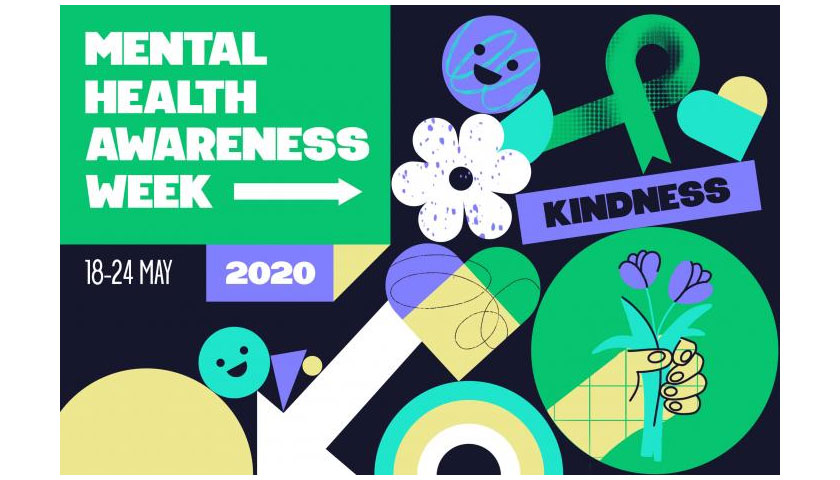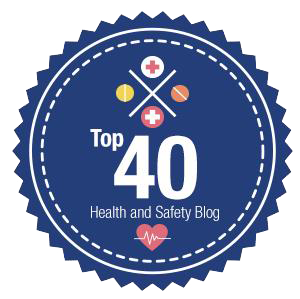 What is seasonal affective disorder?
What is seasonal affective disorder?
It is more than the “winter blues” or a general feeling of sadness — it’s a major depressive disorder brought about by the lengthening periods of darkness.
It causes lethargy, low energy, difficulty waking up in the mornings and decreased concentration. It’s an issue that can have drastic effects on productivity in the winter months.
How common is seasonal affective disorder?
That is dependent on a variety of factors. But, in the UK and Ireland, it is thought to affect as many as one in three people. It’s likely someone you know in the workplace is beginning to struggle with it.
What are the symptoms of seasonal affective disorder?
Broadly, SAD has the same outward signs as depression:
•persistent low mood
•loss of pleasure or interest in normal everyday activities
•irritability
•feelings of despair, guilt and worthlessness
•low self-esteem
•feeling stressed or anxious
•reduced sex drive
•becoming less sociable.
There are some SAD-specific signs, though, as follows.
•feeling less active than normal
•lethargy and sleepiness throughout the day
•difficulty concentrating
•an increased appetite, particularly for carbohydrates, which can cause weight gain.
What are the risk factors for seasonal affective disorder?
There are some common, easily recognisable risk factors for seasonal affective disorder.
•Women are more likely to suffer from SAD — in fact, they are four times more likely to suffer than men.
•It is more common in everyone the further you get from the equator; the lower hours of sunlight are a big contributor.
•People with a family history of depression are more likely to develop SAD.
•You are more likely to first develop the disorder in younger life. It has even been reported in children.
The most significant and obvious difference between depression and seasonal affective disorder is that SAD is linked to the changing seasons, whereas depression is year-round.
Luckily there are ways to help with SAD that don’t work with “ordinary” depression.
How to help with seasonal effective disorder
There are some quick and easy ways to make the workplace more manageable for people who suffer from serious winter depression.
•Provide more light: offices can become rather dark and dreary when the sun starts setting earlier. Some employees may be seated at desks or in cubicles situated far from the nearest source of natural light. Try rearranging your floor plan to maximise the natural light available and consider moving people suffering from SAD closer to windows.
•Provide even more light: a lot of people suffering from SAD benefit greatly from a SAD lamp or light box, a form of light therapy that uses fluorescent lights to simulate the natural sun.
•Encourage more outdoor time: employees should be taking lunch away from their desks in all offices — it helps clear the mind and means people are ready to attack the afternoon’s tasks afresh. Encourage your staff to go further than the kitchen. Assuming the winter weather isn’t too harsh, lunchtime can be well spent going for a quick walk around the block. It’s about getting as much sunlight and positivity into the workday as possible. Consider short outdoor meetings and coffee runs.
•Help out with health: SAD can wreak havoc on the appetite, causing weight gain, which can make the associated depression harder to deal with. Provide healthier snacking options and hot drink options, such as diet drinks and soups and herbal teas.
Contact us to discuss this further.





 Stress is now recognised as a very serious health and safety issue, and one that all organisations must address if they are to comply with health and safety legislation. Employers must treat stress like any other health hazard.
Stress is now recognised as a very serious health and safety issue, and one that all organisations must address if they are to comply with health and safety legislation. Employers must treat stress like any other health hazard. What is seasonal affective disorder?
What is seasonal affective disorder? There are serious health effects associated with the misuse of drugs including heart disease, HIV and Hepatitis C, psychological illnesses and a greater risk of accidents, to mention just a few. Understanding of the effects of drugs is an important element in the process of accepting that “social” drug users pose a health and safety risk to any organisation.
There are serious health effects associated with the misuse of drugs including heart disease, HIV and Hepatitis C, psychological illnesses and a greater risk of accidents, to mention just a few. Understanding of the effects of drugs is an important element in the process of accepting that “social” drug users pose a health and safety risk to any organisation. Stress is an unfortunate but often unavoidable side effect of our busy lives. Having on-hand methods for managing stress is a good way to combat its physical, mental, and emotional impact. How stressful are big life events at work such as starting a new job, being fired, commuting delays, taking a break from work or being promoted?
Stress is an unfortunate but often unavoidable side effect of our busy lives. Having on-hand methods for managing stress is a good way to combat its physical, mental, and emotional impact. How stressful are big life events at work such as starting a new job, being fired, commuting delays, taking a break from work or being promoted?




